But, the other day, seeing a producer I liked, one whom I raised toast with during a wine trip to Friuli some years ago, actually, Gradis’ciutta, from a terrific region for white wines, the Collio, I picked up a bottle of its Chardonnay. And I had a couple Chardonnays on trip to Trieste last month and was still intrigued on how this ubiquitous varietal thrives in a different fashion or fashions in areas near there like the Collio and Carso. The bottle of Gradis’ciutta was of the brown and in my haste and interest in the wine, I didn’t check the vintage shown in small print on the back of the bottle, 2015.
The wine was spoiled and awful. A small sip and quickly down the drain.
I believe that I am done buying wines at Spec’s for now. It is much safer to purchase wines from Total Wine, Houston Wine Merchant, French Country Wines, Coscto, Whole Foods, etc.
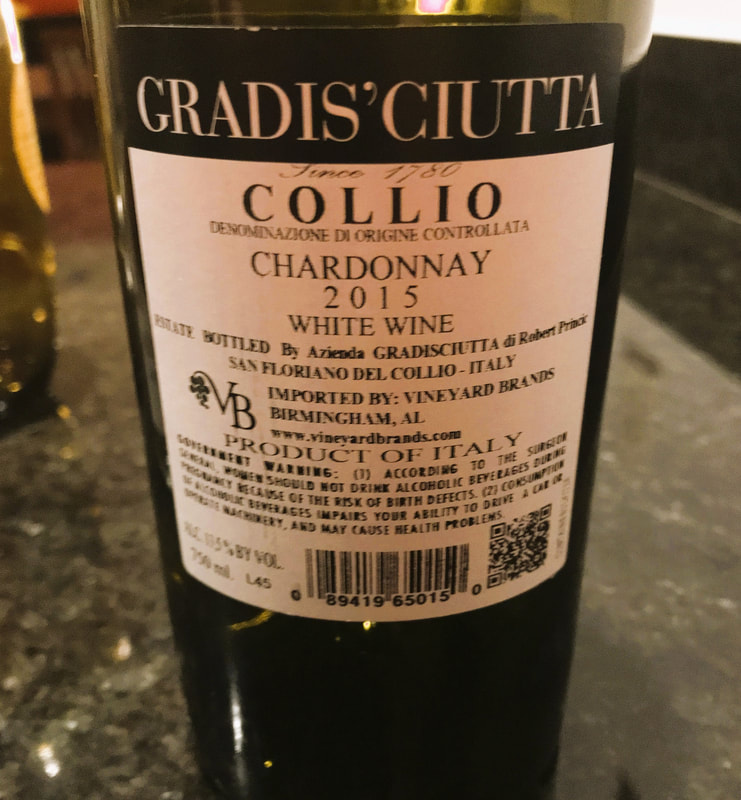
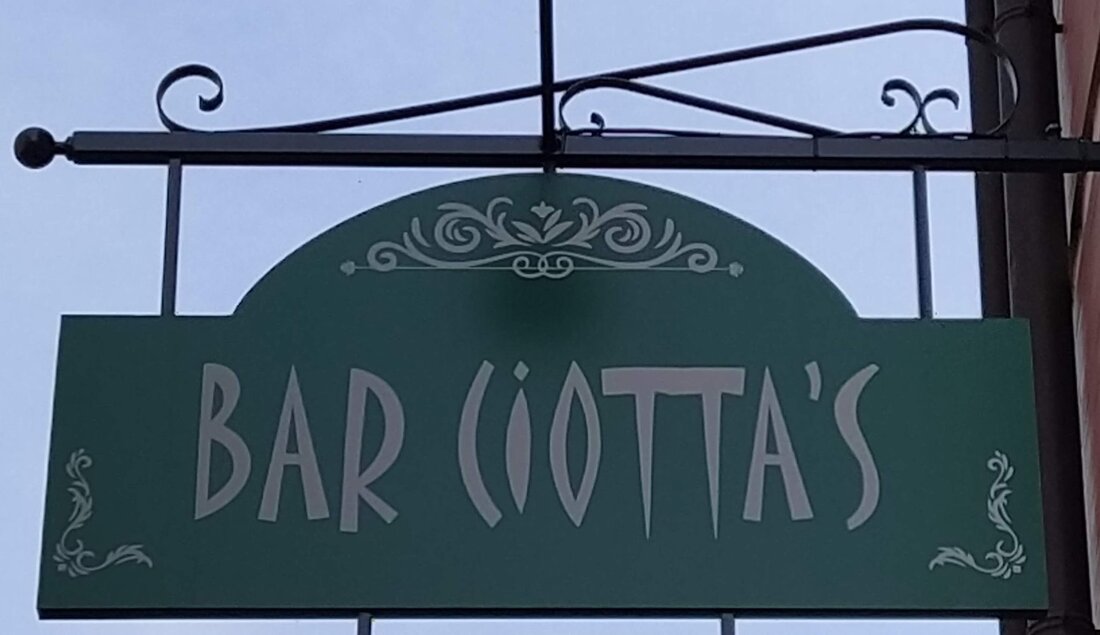
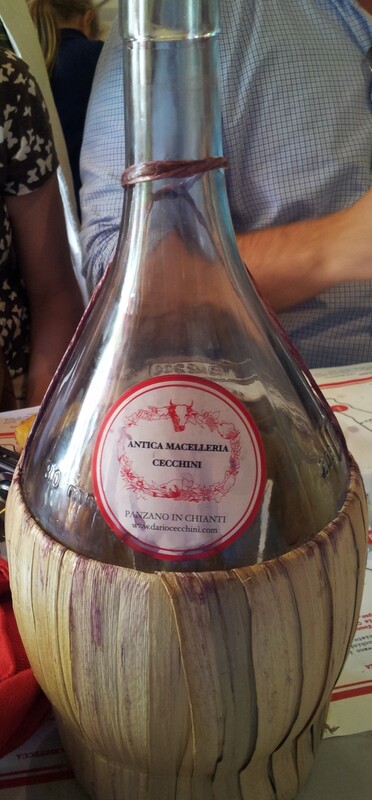
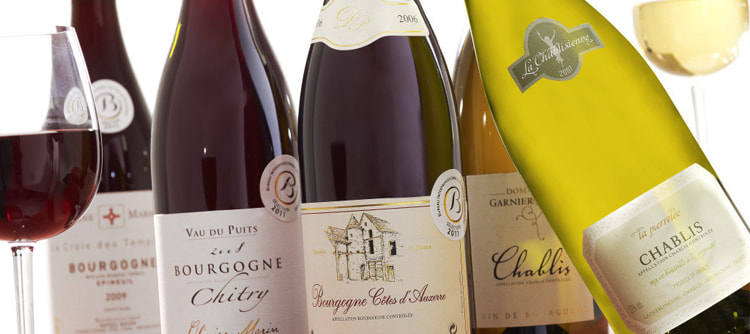
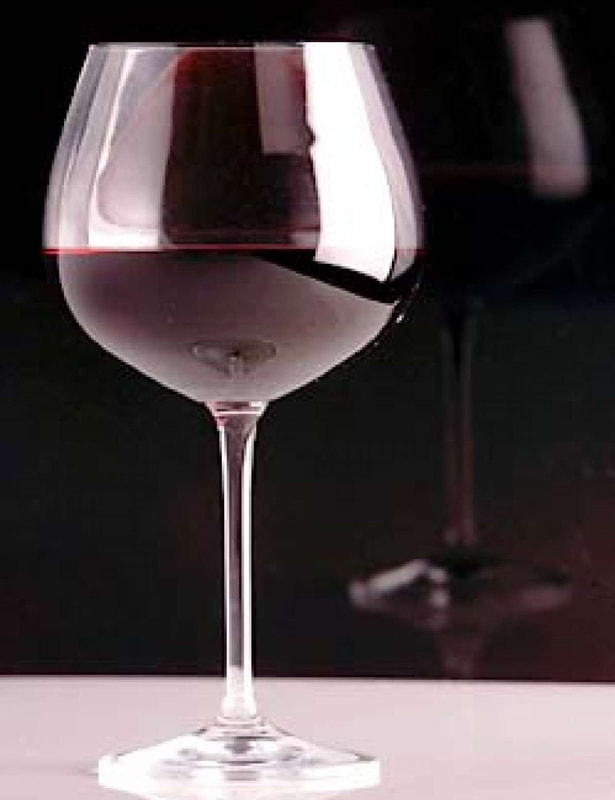
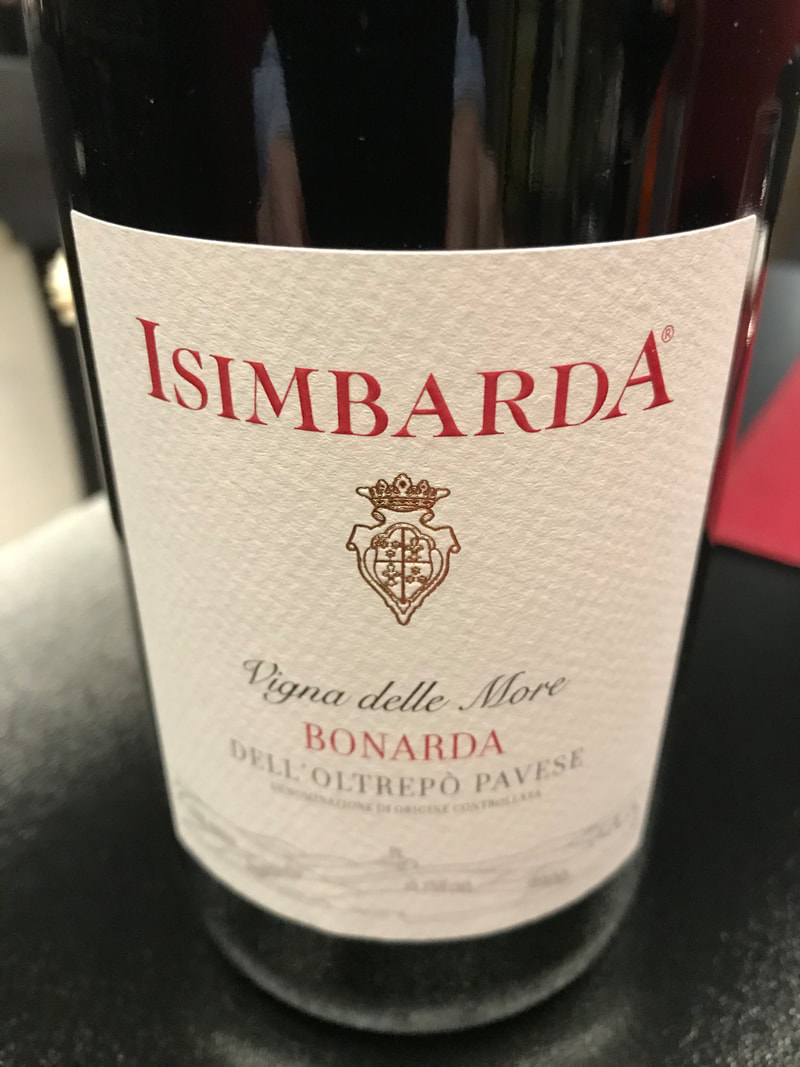
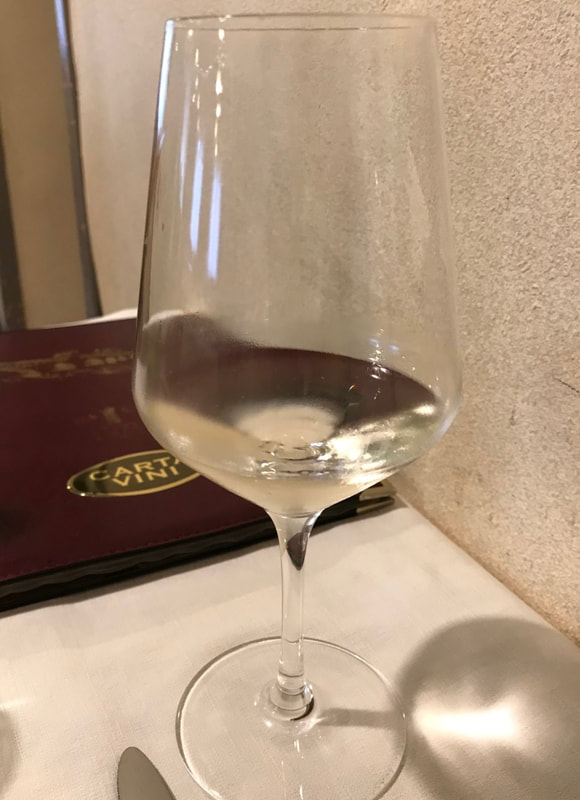
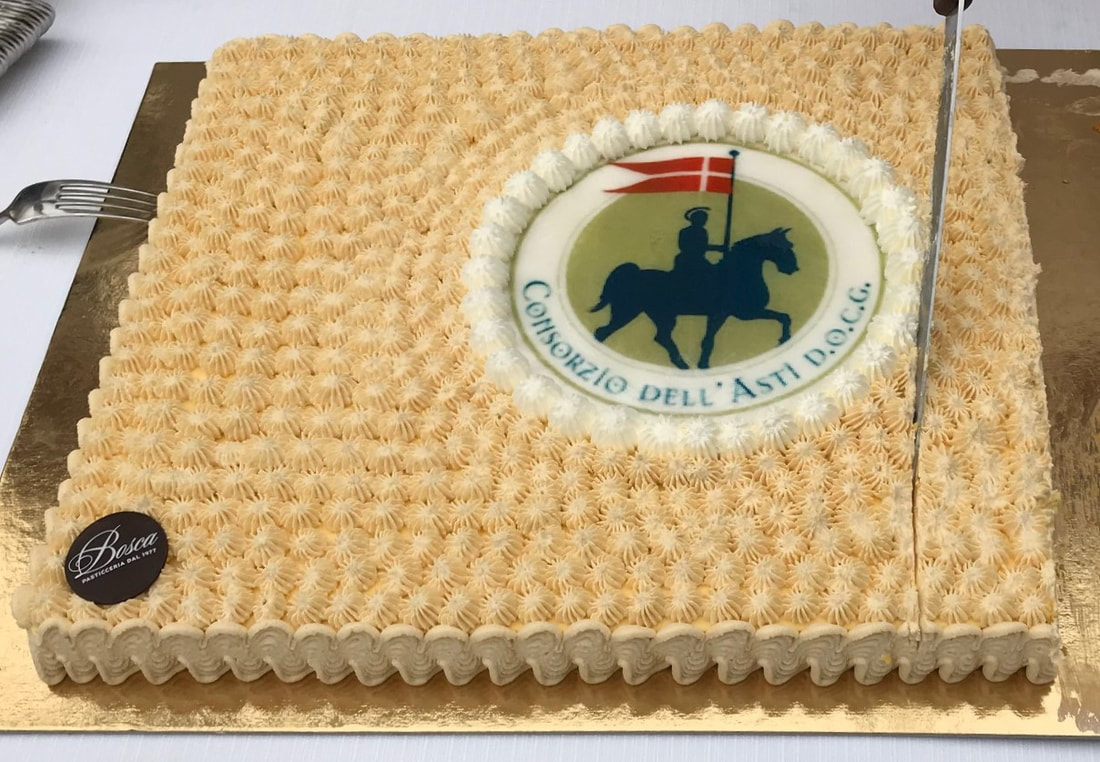
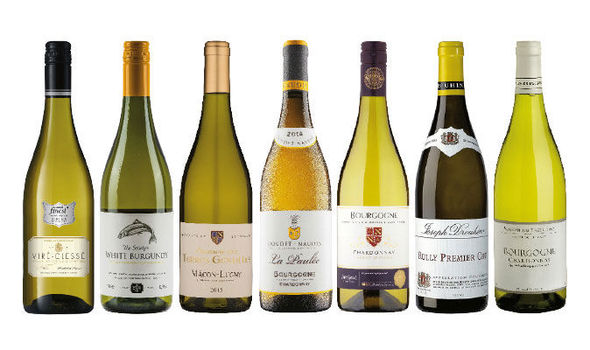
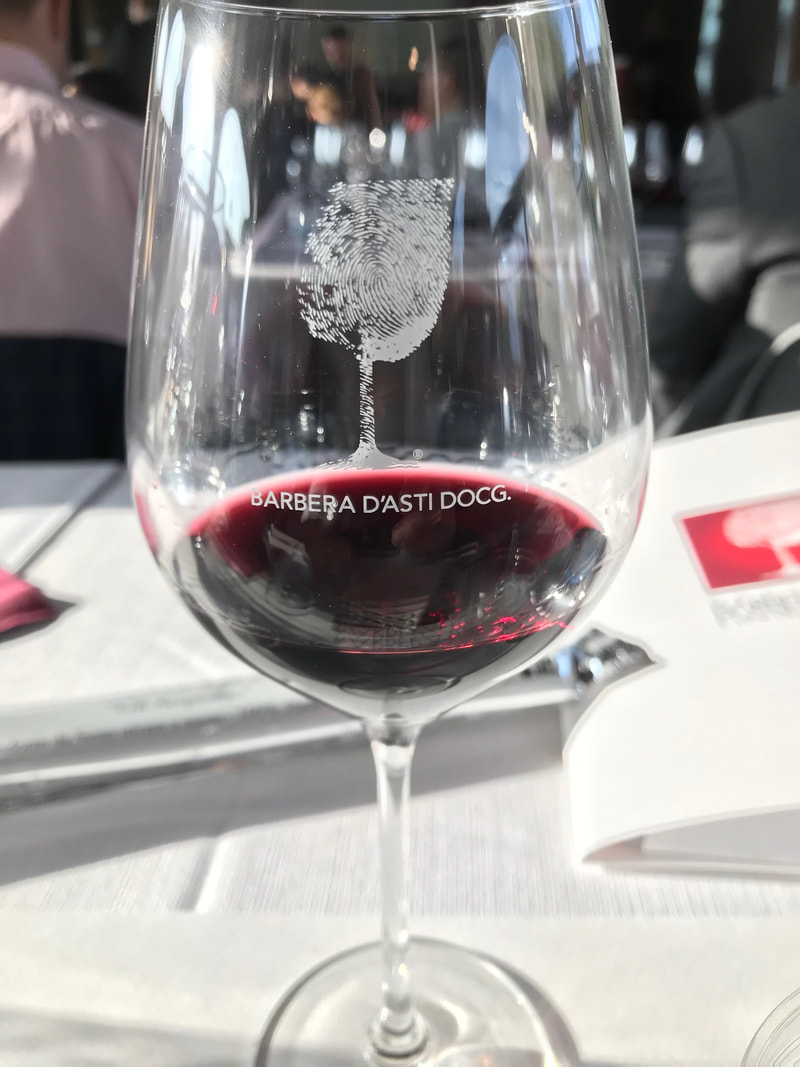
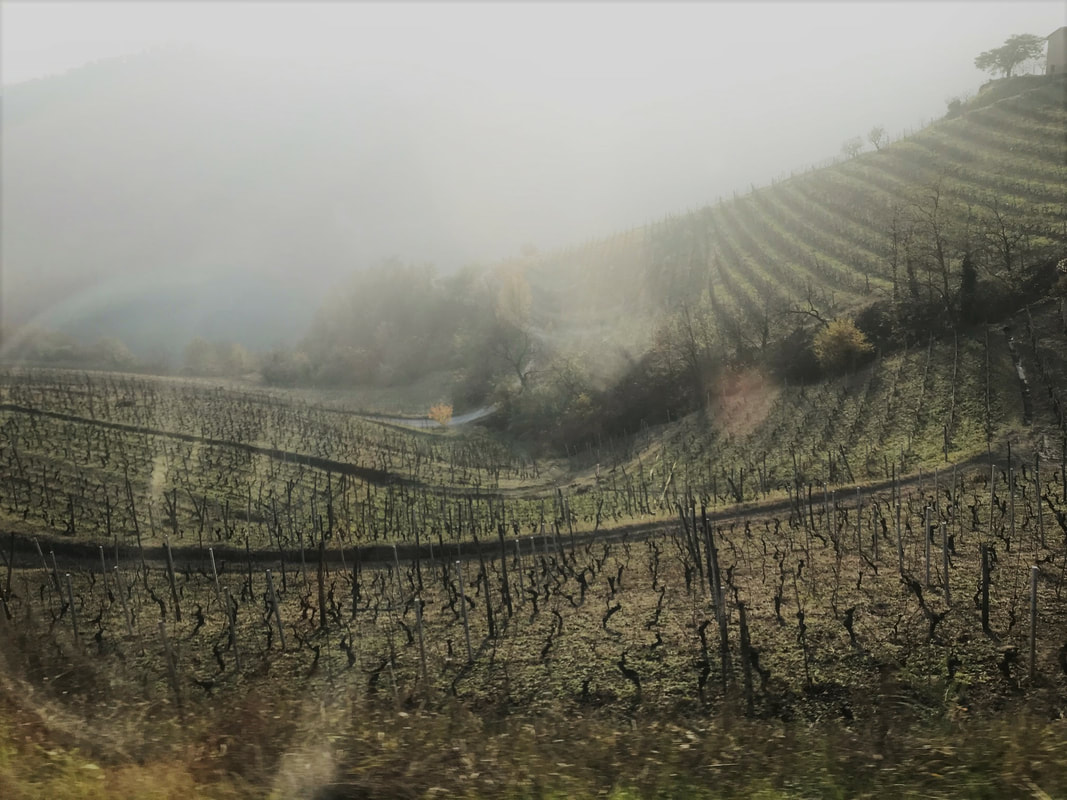
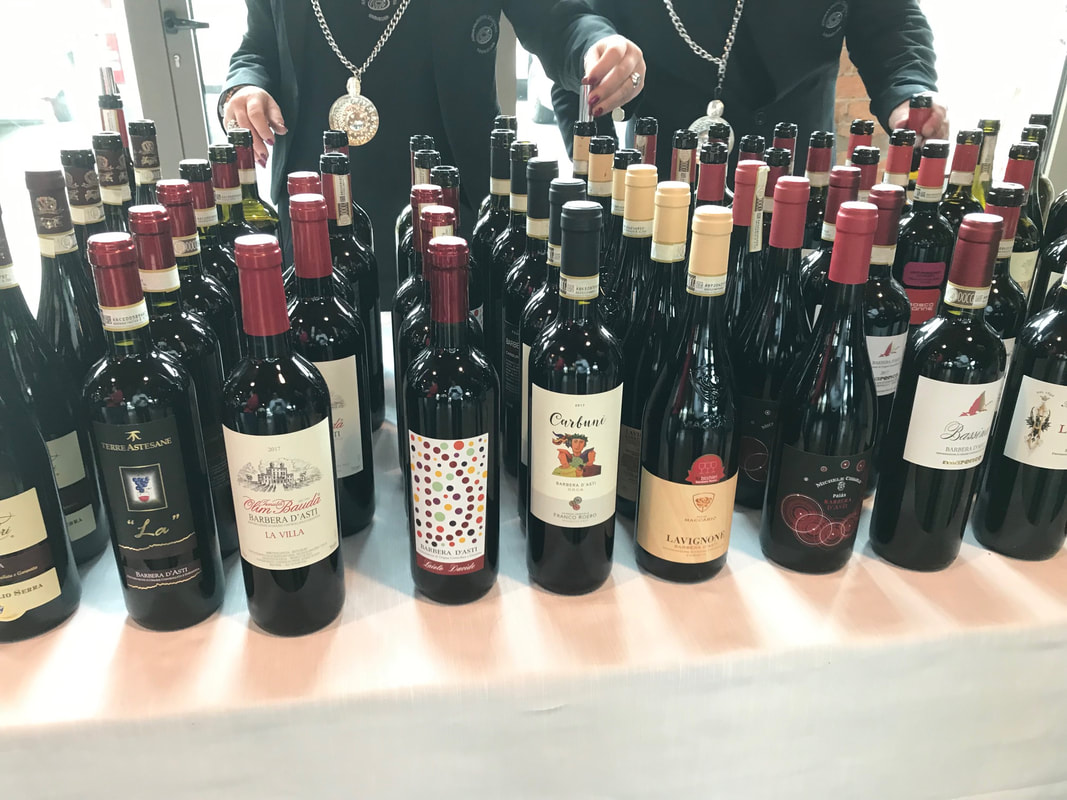
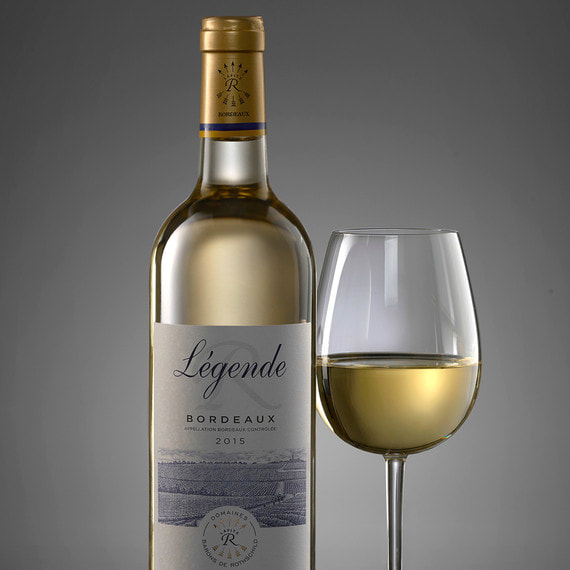
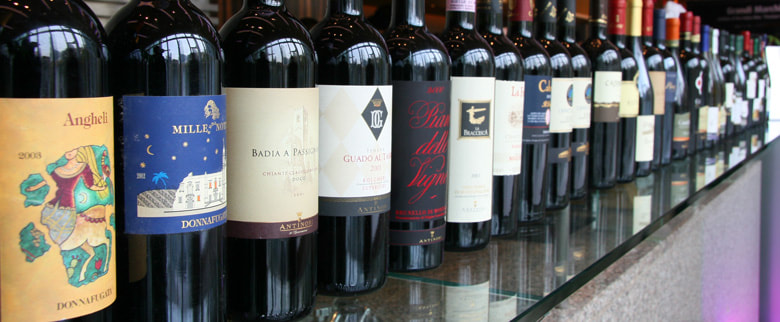
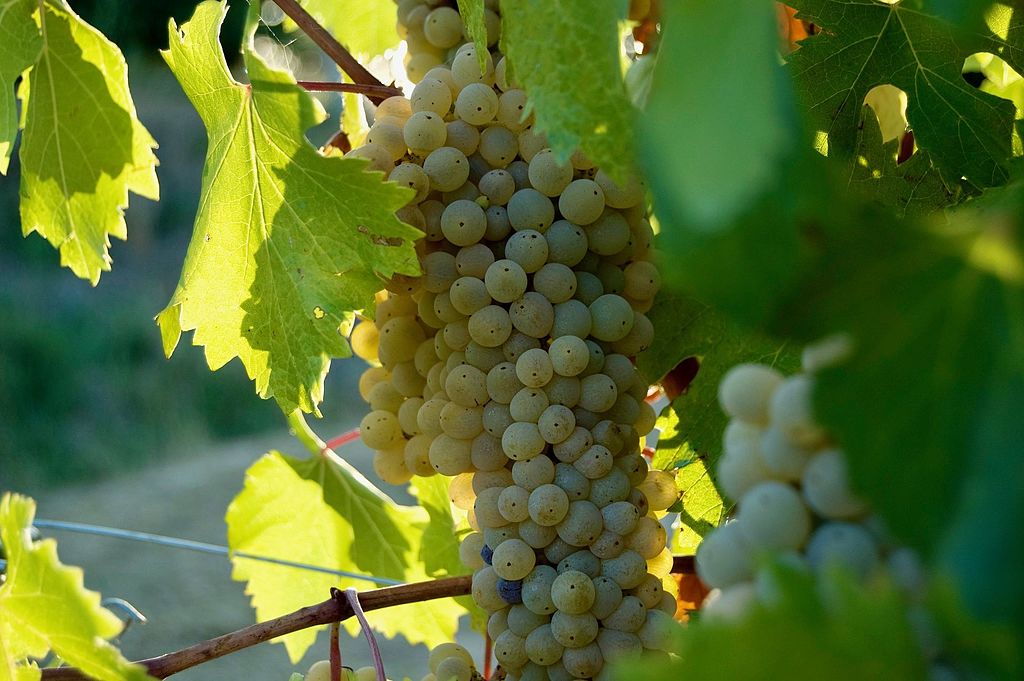
 RSS Feed
RSS Feed

